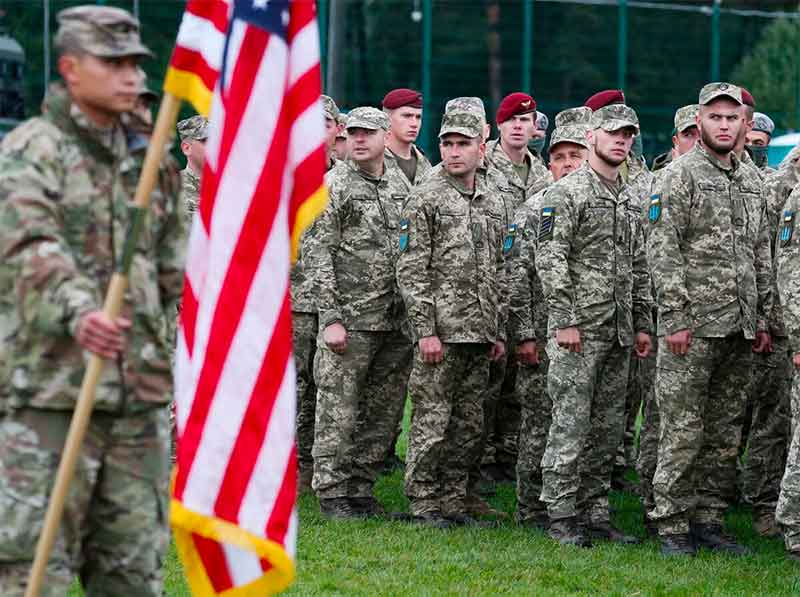
As the war in Ukraine completes a year, different scenarios are being painted by different media. There can be no denial about the large-scale destruction of life, resources and environment, despite pacifist movements, despite the reality of climate change, despite the huge suffering of people.
There were those who tried to continue in Ukraine, not just as soldiers but as support staff. NPR (National Public Radio) interviewed a man last June who had been breeding pigeons for the last 54 years. He lived enroute to the Donbas region. He had no intentions of fleeing from the invading violence. He said that he would like to continue to look after his eighty odd pigeons, feeding them every morning before he drove a busload of miners to work for that was his job. He was unwilling to give up his life as he knew it, despite the war and the trouble it generated. That was in June of 2022.
I wonder, is he still around? Are his pigeons still alive?
Life halted for some even before this NPR interview had been conducted. And many had already fled cities that were devastated. Lesya Bakun is one such person who has been on the run since last April. She left her home in Kharkiv as the city faced erasure from bomb blasts last year and has been looking for a home since then. Her escape made it to multiple media outlets and eventually to a hardcopy publication, Monalisa No Longer Smiles, An Anthology of Writings from Across the World. As she said in the interview, she used social media to both document the event and keep herself safe: “I had documented my trip while taking food to my mother. It was scary because I heard explosions all the time. I was partly doing that as a security measure so that if anything happened to me it would be caught live on video.” She gave interviews to number of media outlets and found help by reaching out to friends in other countries.
Enroute her escape, she met people fleeing the war — victimised by violence, incessant bomb blasts and dread. Some had lost their homes. In her narrative, she named one of the survivors the ‘Terminator’ because she dug herself out of debris from bombing and also rescued her injured mother. It is ironic but Bakun admitted that it was her situation that had brought her notoriety as it had probably done for the pigeon owner. Media covers the stories of all these victims, but there seems to be no let up or end to the attacks. Within or without, war victims suffer. More than 8 million have fled Ukraine, including Bakun, whose cousin was taken captive while he was guarding the factory at Azovstal.
War, violence and ruthless killing seem to be an ongoing phenomenon in the human scheme of existence. The first war was fought 13,000 year ago, according to a British museum exhibit. If anything, wars have grown more ferocious, more dangerous and more lawless as can be seen from the recent invasions that have impacted many more lives outside the national boundaries of the affected countries. They are no longer isolated skirmishes but ones that steep the whole humanity in different levels of suffering, and especially so for the refugees chased out by the violence. Some, like Bakun, have been separated from their families in their attempt to find a safe haven.
More than four decades ago, Ruskin Bond had written a remarkable novella, called The Flight of Pigeons, that showcases refugees who though torn asunder from their family and friends, found compassion in the hearts of their ‘enemies’. In the ‘Introduction’, written for the 2002 Penguin edition, Bond wrote: “In retelling the tale for today’s reader I attempted to bring out the common humanity of most of the people involved— for in times of conflict and inter-religious or racial hatred, there are always a few (just a few) who are prepared to come to the aid of those unable to defend themselves.”
Set against the revolt of 1857, the novella highlights humane concerns. Bond kept politics and causalities of the revolt out of his narrative. The focus was on refugees that were spared and sheltered by the compassion of some Indians who saw them as human, beyond the racial and political exigencies of the times. It also showcased how the unrequited love of a Pathan for a thirteen-year-old colonial Anglo-Indian girl (accepted as a white despite her grandmother being an Indian) affected his own life choices. Adapted from a real-life incident, this story has been variously portrayed by Bond and by Bollywood who adapted the novella into a film in 1979, called Junoon or ‘Obsession’.
The screenplay and narrative had been coloured by the famed feminist Urdu writer, Ismat Chugtai. The film gave it a historical and political context, so much so that instead of highlighting the strong and positive characters capable of compassion and love that Bond had created, it’s focus shifted to history coloured by hate and anger and the passion of the Pathan for the young Anglo-Indian girl. The cruelty of the colonials was reiterated in the dialogues of the film, as if in justification of the ruthless killings of British women and children by the Indian faction.
The story was given a twist that was not in consonance with Bond’s narrative. It was the same story given an entirely different colouring. What was missing was the love and compassion that Bond had captured so well in his novella. The focus of Junoon was entirely on obsessions — and not on the values that Bond hoped to showcase. While the book with its humanitarian outlook continues an engrossing read even after many decades, the film — despite being a Shyam Benegal film — seems a trifle clichéd though it does seem to pan out as a prequel to the mood of the current decade.
Interpretations given to historic events colour different colonisers with varied shades. In Singapore, the British are seen as the people who gave credence to the island as a trade hub, while the Imperial Japanese Army (IJA) around the Second World War destroyed the island and even strung garlands of decapitated heads across bridges. They were perceived as fascists who killed the locals ruthlessly. However, Netaji, a much-revered freedom fighter in India, took help from the IJA and the Nazis. History of each people is written variously. It is never synonymous with the truth, but with the colour given by those in power.
The reality of suffering of the people in Ukraine is tremendous. But is it any different for those living under the military junta in Myanmar or among the victims of Middle East? Even now, history is being made by these battles and genocides. Maybe, thirty or fifty years later, there will be stories made about Ukraine and Russia, about Rohingyas and Myanmar, about the Middle East. Will these conflicts be resolved by then? What kind of colours will paint these narratives — will they be compassionate or full of revengeful anger? How will these impact the perceptions of our progeny?
The most frightening thought is the idea of interpretations of history that attempt to rewrite or erase the past, our inherited learnings from the earlier eons as we move forward in time. Learning from the past prevented nations from jumping into the fray and having a Third World War while Ukraine looked for support against the invading troops of a country that had promised to protect it from nuclear attacks by signing the Budapest Memorandum along with UK and US. Past experiences have taught us the need to prevent another atomic holocaust.
Past experiences might also help resolve more impending crises, like climate change, that will affect all humanity and change our lives over the next fifty years. Wars being fought over human constructs cannot alter the reality of climate change. We worry about the future of people who have lost their all in these invasions, conflicts and wars – refugees fleeing to get away from violence to find peaceful lives. Another set who will be joining those fleeing from war-torn, conflict-ridden territory will be the climate change refugees.
Refugees from Sunderbans had to abandon their homes and move impacted by the climate crises. Climate change is not just natural disasters but more persistent rain, higher temperature levels, species disappearing, ice melts, rising water levels, soil unfit for agriculture, intermittent flooding and more. The world as we know it will change. The flora and fauna will change, and we will need to adjust our needs and lifestyle embracing the changed circumstances.
Seashores are already changing as the world faces such calamities that are ignored by those that want to erase cultures and assert territorial rights. They use weapons of mass destructions senselessly on common people who just want to lead normal lives. In the process, these warmongers injure all life forms along with the environment of their own home planet, ruthlessly and selfishly.
Will these places they war over even exist as we know them today, post rising water levels, post climate change? What are we fighting for? A bit of land we call homeland, which may not exist as a liveable place fifty years from now.
Mitali Chakravarty founded the borderlessjournal.com, which has just brought out its first hardcopy anthology, Monalisa No Longer Smiles: An Anthology of Writings from across the World.

















































